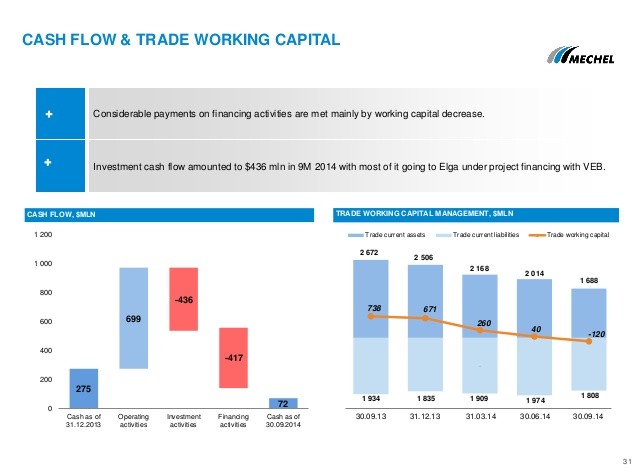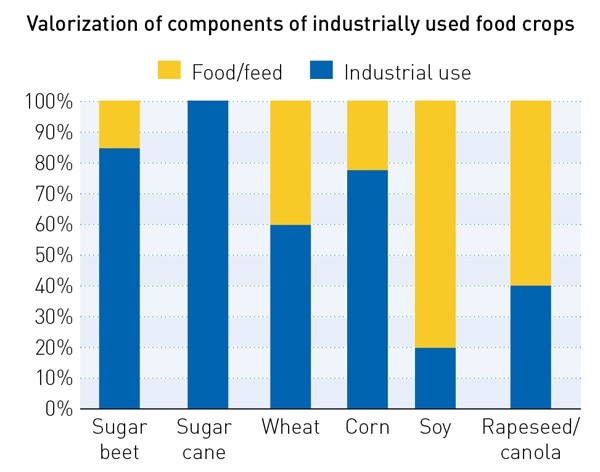Khrom Capital Returns 33% With 40% Cash Portfolio
Post on: 7 Июль, 2015 No Comment

Exclusive from ValueWalk: Khrom Capitals letter to limited partners (great value investor just named to Forbes 30 under 30), see recent letter here .
Dear Limited Partners:
In the year 2013, our Partnership returned 25.8% net of fees and expenses. On average, we held 43% of our assets in cash throughout this period.
The reason you invest with Khrom Capital is because you expect above-average returns. Though we achieved this goal the past six years, the question is always whether that result will repeat itself over the next half-dozen. This is the most fundamental question that your Managing Partner faces, since there is no point to Khrom Capital’s existence without outperformance.
John Templeton aptly said, “If you want to have a better performance than the crowd, you must do things differently from the crowd.” That maxim is obvious but its implementation is difficult. Differentiation in the investment business is hard. This is readily apparent from the many soundalike fund letters disseminated every quarter (ours included). Though stark contrasts among funds are rare, differences do exist on a subtle level—subtleties that can compound to a large competitive edge over time.
We at Khrom Capital give more than passing thought to our dissimilarities and whether they serve to help or hinder us in producing superior returns. Here are some distinctions that we note: We can go for months without a new investment and expect to only make a few per year. Our cash holding may be enormous at times when we cannot find anything smart to do (or at times when we are just not smart). When we do find exceptional investments, we take concentrated positions and make them count. We now focus on spending time underwriting investments half a decade out—we have conditioned ourselves to consider everything else a distraction and avoid it. We have structured our fund with a long-term lock-up that actually allows us to do all the above. We have an incentive against gathering assets that hamper returns. (We have a 6% hard hurdle before earning our incentive fee and collect no management fee.)
From our observations, most other funds need to make more than a couple of investments per year. Holding a large cash balance is usually not an option nor desired. Concentration of investment positions is avoided. Behavior of looking at everything and investing in anything is encouraged (a lack of focus that we were guilty of in the past). The capital that makes up these funds usually has quarterly liquidity—an apparent dichotomy between all those claims of long-term thinking that overlays a short-term capital base (like oil and vinegar, eventually the two separate). Lastly, it is hard to avoid spending time on growing assets when the fee structure is 2% and 20%.
Our differences increase the odds that we can excel at underwriting a certain niche better than the average market participant. We focus on analyzing causes that have effects more distant in time than the average fund cares to think about. Having to make only a few investments per year allows us greater reflection about each one. Having a minimal amount of things clamoring for our attention frees up the capacity needed to think in a more absorbed and sustained way—a prerequisite for trying to grasp what your investment return in a business would be if you could never sell it. All funds have access to the same breadth of information, but we have more time for depth.
We avoid looking at almost anything that promises results in the short term. That field is too competitive. The average holding period of a stock is now 150 days.2 It takes practice and commitment to say “no” in a world of infinite distractions. But we know the more distracted we are—the more shallow our thoughts—the less likely we can uncover a business that is not obviously exceptional now but will be in half a decade. Focus itself is an edge.
Businesses with undiscovered potential for the extraordinary do not come around often. Our industry employs many intelligent people to search for them—so long as that potential is set to be revealed in the next month, quarter, or year. Determining what will happen soon is a crowded trade. That is why we condition ourselves against instant gratification. In an experiment where American eighth graders were offered a dollar now or two dollars in a week, this simple gauge of self-control correlated with their grades better than their IQ.3 Many in our industry are smart, but they are incentivized and habituated to take that dollar. We would rather have two. Patient behavior remains an edge beyond eighth grade.
Having worked to decrease the pressures for short-term performance, we can discard daily trivia and only pursue the knowledge needed to underwrite long-term events. To recognize a particular pattern sooner than others, we must spend more time studying that pattern compared with others. Compounding knowledge of a particular pattern increases one’s edge.
Small differences eventually add up to a large divergence. We do not need to be great at underwriting every event the stock market offers. We need a spot—a niche—where we think we are set up to do better than the average participant in that game. Just as importantly, that edge should be sustainable and ever increasing. We cannot promise you that we will continue to produce above average returns on your capital, but we think our subtle differences give us an advantaged shot.
We are always glad to discuss our current or past investments with Partners. However, we have found it counterproductive to consistently disclose them publicly in our letters, as we did in the past. We believe a transition to a more direct model makes sense: any Partner that wishes to know more about our investments may call us any time. We hope this policy will encourage more meaningful communication between us, while avoiding a broadcast of information that may hinder our ability to outperform. Our letters will continue to concentrate on our investment philosophy because that is where we should always remain in alignment. A particular investment we told you about could be sold tomorrow, but our principles will remain steadfast. We want our written communications to emphasize our process (the perpetual) versus our investments (the transitory).

Given that—and our usually limited activity—we found it prudent to switch our letter writing to twice a year. You will receive a letter from us every July with a mid-year summary and in January with a year-end summary. However, your account statements will continue to come every quarter. Additionally, they will have a newly added snapshot of our holdings that will give you a summary insight into the characteristics of our portfolio.
The past six years have been a success and we hope for the next half-dozen years to be just as terrific. We could not have built Khrom Capital if it were not for the trust and confidence of our Limited Partners. I am proud to say that since inception, Khrom Capital has had zero redemption requests. Every dollar invested by a Limited Partner has remained in the fund. We could not have asked for a stronger vote of approval. We do not take it for granted.
We respect the thoughts of every single one of our Partners. If there is anything you think that we could be doing better, please never hesitate to give me a call. You can always reach me at (212) 376-5337.
As it has been since inception, virtually my entire net worth is invested in the Partnership as I aim to compound my wealth alongside yours. I look forward to writing to you again mid-year.
Sincerely,
Eric E. Khrom
Managing Partner
Khrom Capital Management, LLC














